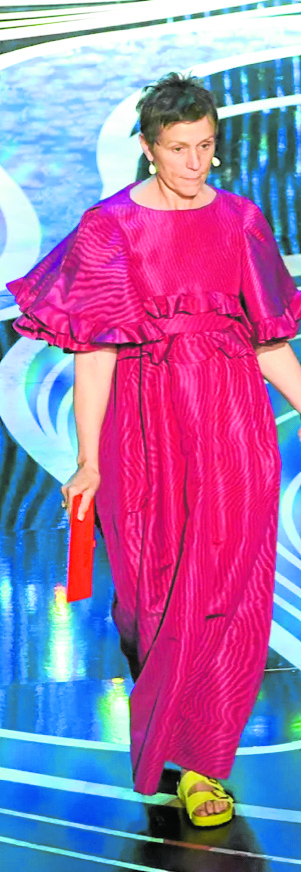I have never even worn, much less owned, Birkenstocks until last month. Not even fashion’s longstanding love affair with the brand—it has had famous collaborations with Celine under Phoebe Philo, Pierpaolo Piccioli’s Valentino, Rick Owens, Proenza Schouler, among many others—convinced me to give it a chance.
Now I have become sort of a connoisseur of the polarizing orthopedic slip-ons.
I guess, in fashion as in life, never say never.
I blame it on my sister, who mentioned Birkenstocks casually during one of our chats. Neither of us had ever owned a pair.
For my part, I’d always thought they looked unsexy—okay, ugly—and when I tried one on at a shop many, many years ago, the hard, contoured footbed turned me off. They would hurt to walk on, I thought.
Of course, that was a lot coming from someone who used to run in foot-pinching-till-they-bleed stilettos. But stilettos were sexy, and the Birks looked like a boat, more like the Titanic, on my smallish size 5 feet.
Age and the prevailing athleisure trend have turned me into a sneakers lover in recent years. While I occasionally still give in to buying vertiginous heels, sneakers now far outnumber my high heels purchases.
But this recent chat with my sister had me mindlessly surfing the shopping sites for Birkenstocks. I found a rather cute patent red pair on Farfetch, and since it was coming from Europe with the same shipping fee for multiple purchases, I also got the patent black pair for my sister (we’re the same size).

I learned that this classic style with two straps is called the Arizona, and most of the models are named after places: Gizeh, Boston, Kyoto, Madrid . . . I wore my red Arizonas indoors for a full straight week, slowly falling in love with the stiff, anatomically shaped cork-latex footbed that I so reviled when I first tried on a pair years ago. It felt like my feet were safely ensconced within, even as it was not a closed shoe. I was even loving the semi-roughness of the suede footbed lining.
Healthy feet
Birkenstock was founded by a German shoemaker in 1774 with the principle of promoting foot health. The popular footbed is based on the cast of a healthy foot on the sand. While many wearers say the footbed takes getting used to, they also claim that it becomes quite comfortable to wear.
And I quite agree. The raised toe bar felt somewhat strange, even a tad uncomfortable the first couple of days, but I got used to it. The design is said to encourage the natural gripping motion of the feet, which exercises the legs and stimulates circulation.

I have since become a convert, and so has my sister. From my first red pair—I would learn they’re not really patent leather, but Birko-Flor, a synthetic material, but hard-wearing and comfy on the skin—I’ve amassed quite a few pairs in a short time: natural leather, vegan, suede, shearling, name it . . . They were all bought online from overseas retailers and the United States and United Kingdom Birkenstock sites, because the local offerings are very limited, size- and style-wise.
Also, there’s the price. Birkenstocks are not cheap to begin with, and the markup by local sellers is significant. My justification is, I can wear them every day even when I’m just home.
The price is perhaps owed to where and how it’s made. Unlike most brands that have shifted their production to places like China, Birkenstocks are still made by hand in Germany. Its trendy sister brand Papillio is made in Portugal.

I’ve been eyeing the clogs-style Boston in the US site, in “glitter dust silver” with purple shearling lining on the footbed. They’re strangely cute in their cumbrous massiveness.
Clogs are the big trend for the season. Hermès, for instance, reportedly sold out its clogs in a buying frenzy likened to the desire for Birkins, before they even reached the retail floor.
The Bostons cost a fraction of the $990 Hermès, but they’re still a commitment, fashion-wise.
What’s next for me—Crocs? Well, I’ll never say never. INQ









































